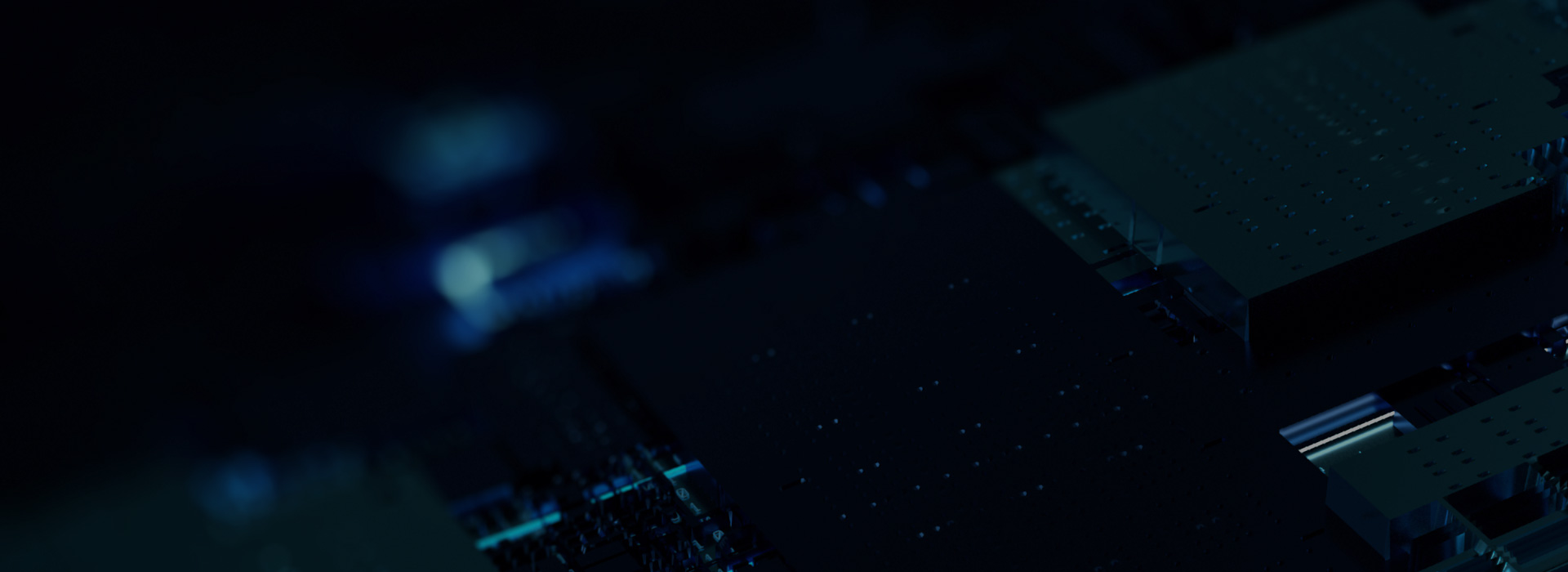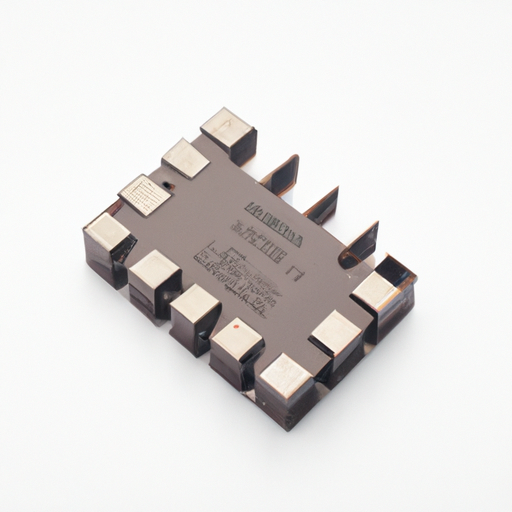

Surge suppression integrated circuits (ICs) are essential components in protecting sensitive electronic devices from voltage transients caused by various phenomena, including lightning strikes, power surges, and electrostatic discharge (ESD). While the LM340T-15/NOPB from Texas Instruments is primarily a voltage regulator, it can be part of a broader surge protection strategy when combined with dedicated surge suppression devices.

1. Clamping Voltage: Surge suppression ICs are designed with a specific clamping voltage, which is the threshold beyond which they begin to conduct and divert excess voltage away from sensitive components. This feature is crucial for safeguarding circuits from overvoltage conditions.
2. Response Time: The effectiveness of a surge suppression IC is largely determined by its response time. A fast response time ensures that the IC can react to voltage spikes almost instantaneously, thereby minimizing the risk of damage to downstream components.
3. Energy Absorption: Surge suppression devices are rated for their energy absorption capacity, typically measured in joules. Higher energy ratings indicate a greater ability to absorb and dissipate the energy from voltage surges, providing better protection.
4. Form Factor: Surge suppression ICs are available in various package types, including surface mount and through-hole configurations. This variety allows engineers to select components that best fit their design requirements and space constraints.
5. Integration with Other Components: Surge suppression ICs can be effectively integrated with other components, such as voltage regulators like the LM340T-15/NOPB. This integration enhances overall circuit protection and power management capabilities.
1. Consumer Electronics: Surge suppression ICs are commonly used in consumer electronics, such as televisions and computers, to protect against power surges. For example, integrating a surge suppression IC with a power supply circuit can prevent damage during voltage spikes, ensuring device longevity.
2. Industrial Equipment: In industrial environments, surge suppression is vital for protecting machinery and control systems. Surge suppression ICs can be employed in PLCs to maintain reliable operation amidst electrical noise and surges, thereby enhancing productivity and safety.
3. Telecommunications: Telecommunications infrastructure, including base stations, requires robust surge protection to safeguard sensitive components from lightning strikes and other surges. Surge suppression ICs help maintain signal integrity and operational reliability in these critical systems.
4. Automotive Applications: As automotive electronics become more complex, surge suppression is increasingly important for protecting ECUs from voltage spikes caused by load dumps or electrical disturbances. Surge suppression ICs can be integrated into automotive power management systems to enhance reliability.
5. Renewable Energy Systems: In renewable energy applications, such as solar inverters and wind turbines, surge suppression ICs protect against voltage transients that may arise from rapid load changes or environmental factors. This protection is essential for ensuring the durability and efficiency of renewable energy systems.
While the LM340T-15/NOPB is not a dedicated surge suppression IC, understanding the core technologies and applications of surge suppression ICs is crucial for designing robust electronic systems. By integrating surge suppression solutions with voltage regulators and other components, engineers can create resilient designs that withstand electrical transients. This approach ultimately enhances the reliability and longevity of electronic devices across various industries, ensuring they perform optimally even in challenging electrical environments.
